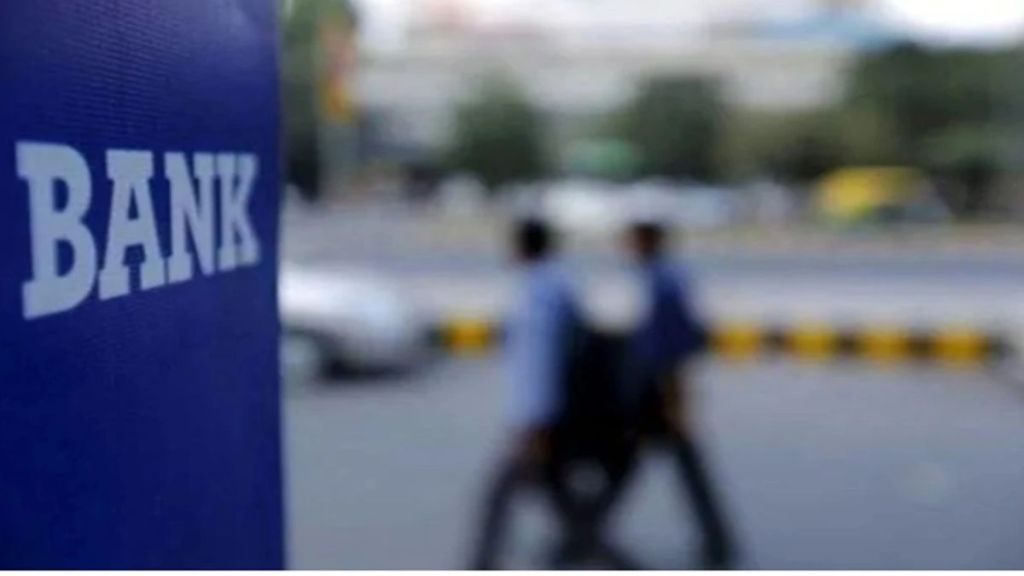Top private sector banks are better placed to maintain their net interest margins (NIM) for a couple of quarters going ahead, compared to their public sector peers, analysts said. The benefit private banks have in terms of holding their margin comes from the impact of the latest 25 basis point (bps) repo rate hike by the Reserve Bank of India (RBI).
During earnings for Q3FY23, major private banks cautioned that their margins will peak out Q1FY24 onwards. Public sector lenders, however, are confident of maintaining their NIMs at current levels owing to a higher share of marginal cost of funds-based lending rates (MCLR). The transmission of repo rate hike takes place at a slower pace in case of MCLR, compared to external benchmark lending rates (EBLR), which are pegged to policy rate or treasury bills. The share of EBLR-linked loans is higher in case of private banks while the share of MCLR loans is higher in case of PSBs.
With the latest rate hike by the RBI, around 150 bps has been passed on to deposit rates, while on fresh loans, the transmission is only 125 bps, as around 52% of loans are in MCLR or base rate, SBI economics research wing said in a report.
However, the latest policy rate hike will play out in next three to six months, giving private banks enough tailwind to sustain the margin till Q1FY24, said Karan Gupta, director at India Ratings and Research. Beyond that, the MCLR benefit might play out in favour of PSBs, but it will be that high as to create a meaningful impact as deposit costs will also go up, he added.
The ability to maintain the NIMs will completely depend on how fast banks are raising their deposit rates, rather than transmission of policy rates, as most of the rate hikes are passed on. Going ahead, if the pace of cost of deposits is higher than loan yields, banks will not be able to maintain these level of margins as MCLR rate is also a function of deposit rates, Bunty Chawla, AVP, IDBI Capital Markets, said.
“The NIM moderation in FY24 could be offset but in a large way by the kind of assets that private banks generate. If they incrementally increase the share of higher-yield unsecured loans, this could at least partially offset the NIM moderation, if not fully,” Gupta said.
As of March 31, the share of EBLR-linked loans of PSU banks was 33% while that of private banks stood at 62%, as per RBI data. State Bank of India (SBI) has floating rate book of 74%, of which MCLR-linked loans are 40% while rest are EBLR loans. Bank of Baroda and Punjab National Bank have MCLR book of 50% and 48%, respectively, of total loan portfolio. On the other hand, ICICI Bank and Axis Bank have MCLR advances a little higher than 20% of the total book, although HDFC Bank has a large portion of its retail and SME advances tied to MCLR.
Even as private banks have a lower share of MCLR-linked loans, they have large chunk of fixed-rate loans, which are a subset of retail loans such as auto or personal advances. Typically, banks factor in interest rates movements and cost of funds while pricing in these loans, preventing fluctuation in margin, Gupta said.


